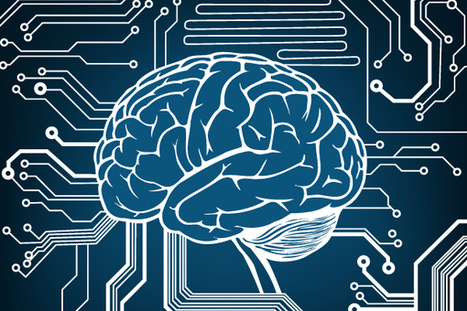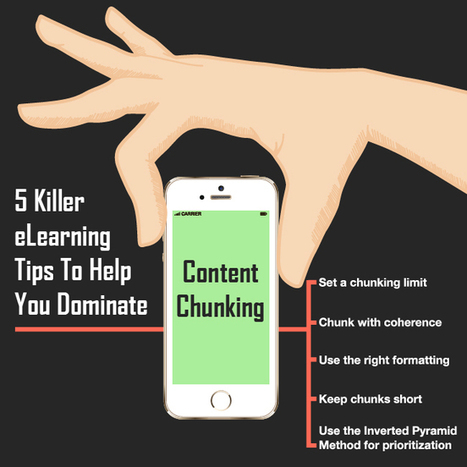"Brain-based learning isn’t a new concept, but it’s enjoying renewed attention thanks to the teacher accountability movement begun by President George W. Bush and continued by President Barack Obama. In a nutshell, teachers who use brain-based techniques don their “neuroscientist” hats and focus on creating experiences that cater to the inner workings of their students’ brains. The result: better learning experiences and better retention."
Get Started for FREE
Sign up with Facebook Sign up with X
I don't have a Facebook or a X account
 Your new post is loading... Your new post is loading...
 Your new post is loading... Your new post is loading...

Mary Cunningham's curator insight,
October 13, 2013 12:05 PM
This is part of the post on infographics as well, but is interesting enough to have a link just in its own. |

Mel Riddile's curator insight,
September 2, 2014 10:16 AM
"Beth Dichter's insight: If you design a course, face2face or online, it is important to keep up with information on how people learn, and today we know that chunking information is critical. This post begins by describing what a chunk is and why they are important in learning. It them moves on to the five tips (quoted below): 1. Set a chunking limit 2. Chunk with coherance 3. Use the right formatting 4. Keep chunks short 5. Use the inverted pyramid method for for prioritization Each of these is described in detail and many addional resources are included in the post. You will also find a SlideShare on the Basics of Content Chunking. If this concept is new to you it will provide additional information. However be aware that the number of items that can be held in short term memory varies, and the rule they use is not accurate for all people. A recent course I took on Coursera, Learning How To Learn, suggested that the number of items most people can keep in short term memory is four." |













Excellent article on Brain Based Learning. It includes many of the concepts emphasized by Whole Brain Teaching.
Thx Beth Dichter